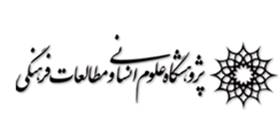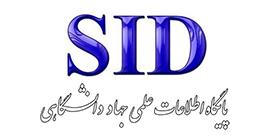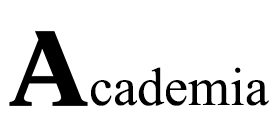Comparison of the Elements of Learning Environment, Learner, and Teacher in Iran's National Curriculum with Curriculum Theories
Keywords:
Cultural activities, pathology, contextual factors, structural factors, behavioral factorsAbstract
Purpose: One of the inherent duties of the Cultural and Social Affairs Department of Farhangian University is to extend the governance of cultural and social spheres across all dimensions of the university. In this regard, numerous and diverse plans and activities have been implemented in recent years. The aim of this article is to analyze the cultural and social activities conducted at the university level and to provide an optimal model in this context. Methodology: The Three-Branch Model was used as a theoretical framework. The method employed was mixed, comprising both qualitative and quantitative sections. The qualitative sample population included 30 cultural experts selected through purposive sampling. The quantitative sample population consisted of 194 active members of student organizations, chosen through stratified random sampling. Data collection techniques included in-depth interviews and questionnaires. Findings: The findings indicate that structural factors (0.195), behavioral factors (0.368), and contextual factors (0.312) play significant roles in the formation of issues and problems in cultural and social programs and activities. Additionally, the regression results show that 63% of the variance in the dependent variable is explained by these three variables: structural factors, contextual factors, and behavioral factors. Conclusion: The findings of this study indicate that the structural, behavioral, and contextual factors play significant roles in shaping the outcomes of cultural programs and activities at Farhangian University. This section discusses the implications of these results, drawing on relevant literature to highlight the broader context and potential strategies for enhancing the effectiveness of cultural programs in higher education.
















